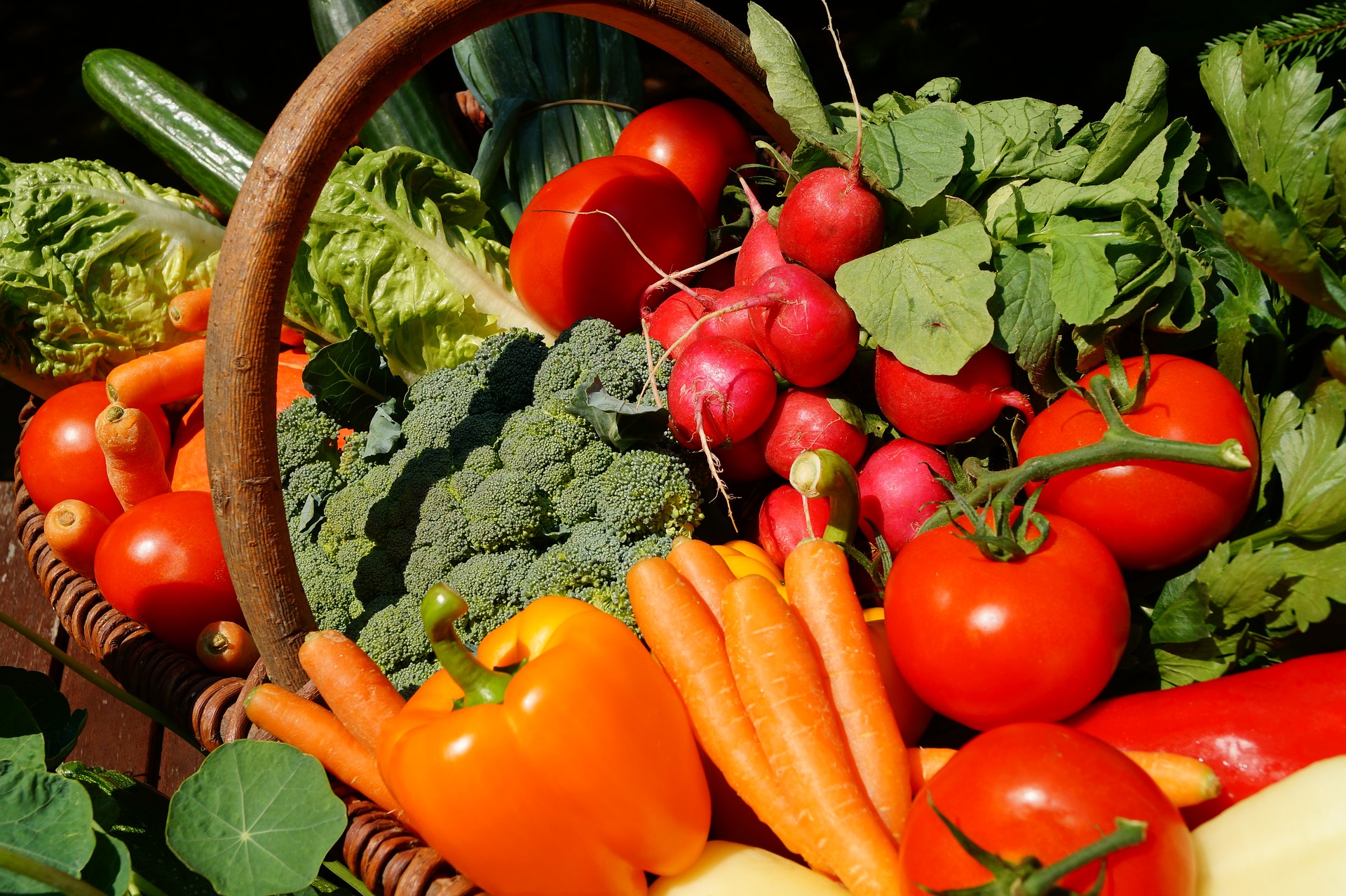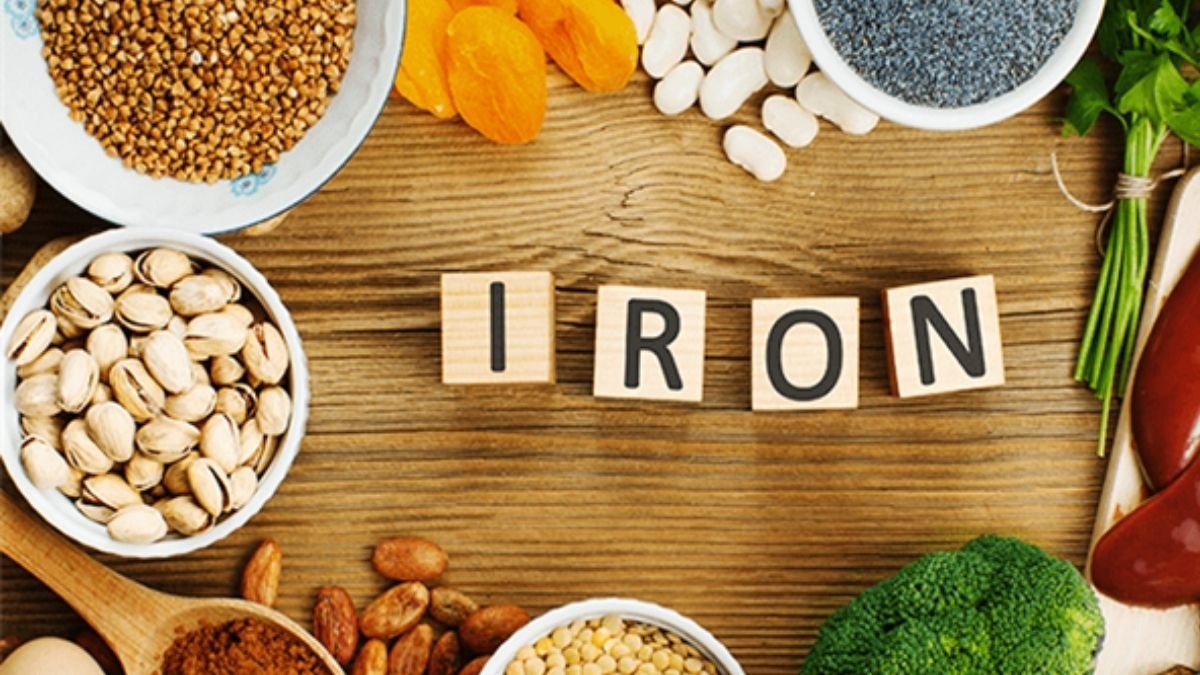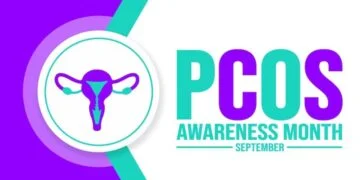Anaemia is a major and serious public health issue that affects both developing and developed countries. Anaemia is a condition in which you do not have enough healthy red blood cells or your body does not produce enough of these cells to transport enough oxygen to your body’s tissues. It is a condition in which the normal haemoglobin (Hb) level in women falls below 12g/dl and falls below 13g/dl in men. Anaemia can occur at any stage of life, but adolescents, girls, pregnant women, and young children are the most vulnerable groups for a variety of reasons. Adolescent anaemia is a nutritional issue that has irreversible negative effects on growth and cognition, work performance, and has a serious impact on the reproductive years of life and beyond. Anaemia can cause fatigue and weakness. There are over 350 different types of anaemia, each with its own cause. Anaemia can be either short-term or long-term, and it can range from mild to severe. The causes of various types of anaemia vary. The following are some examples of common types of anaemia:
Anaemia Due to Iron Deficiency
It is a common type of anaemia, which is a condition in which the blood lacks sufficient healthy red blood cells. Red blood cells transport oxygen to the tissues of the body. Iron deficiency anaemia is caused by a lack of iron; your bone marrow requires iron to produce haemoglobin. Your body cannot produce enough of a substance in red blood cells that allows them to carry oxygen if you do not have enough iron (haemoglobin). As a result, iron deficiency can cause fatigue and shortness of breath.

Nutritional adequacy
It is caused by a lack of iron, protein, vitamin B12, and other vitamins and minerals required for haemoglobin formation. Folic acid deficiency is a common link between nutritional anaemia and folic acid deficiency.
Inflammation Anaemia
Cancer, HIV/AIDS, rheumatoid arthritis, kidney disease, Crohn’s disease, and other acute or chronic inflammatory diseases can all interfere with red blood cell production.
Fatigue, lack of energy, shortness of breath, rapid pulse, paleness, ankle swelling, hair loss, lightheadedness, compulsive and atypical cravings, constipation, depression, muscle twitching, numbness or burning, or chest pain are all common symptoms of anaemia.
How can you improve your eating habits to avoid anaemia?
Although no single food can cure anaemia, a healthy balanced diet rich in dark leafy greens, nuts and seeds, seafood, meat, beans, and vitamin C rich fruits and vegetables can help you get the iron you need to manage anaemia. It is also critical to include foods that can help the body absorb iron and avoid foods that can sabotage the process.
It is recommended that mothers begin feeding iron and vitamin C rich foods to their children before the age of ten, as early puberty has begun and the highest prevalence is during these years when requirements are at their peak, so that children do not develop iron and vitamin C deficiencies in the future.
How to Get More Iron in Your Diet
Consuming iron-rich foods alongside vitamin C-rich foods. Finish meals with vitamin C-rich fruit to boost iron absorption.
- Try combining cereals, bread, and vegetables with milk or eggs.
- Green vegetables should be consumed on a daily basis because they are the best source of dietary folic acid.
- Take dried fruit and nuts between meals to get your iron fix throughout the day.
- Consume animal products that are high in protein and vitamin B12.
- Refraining from consuming calcium-rich foods alongside iron-rich foods.









































